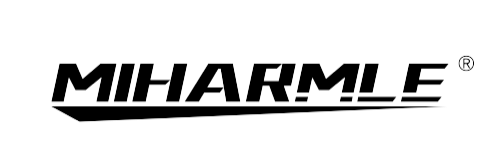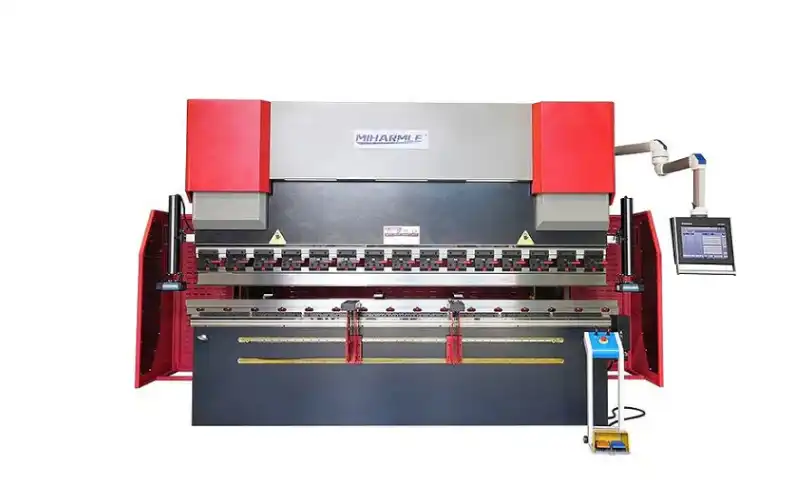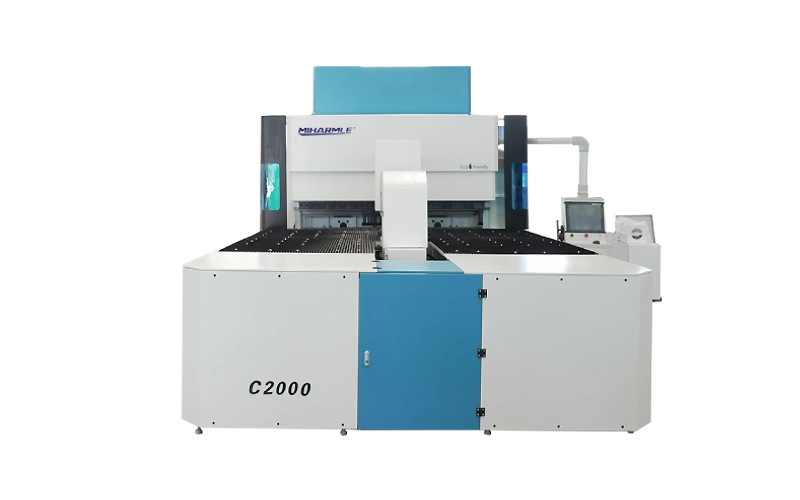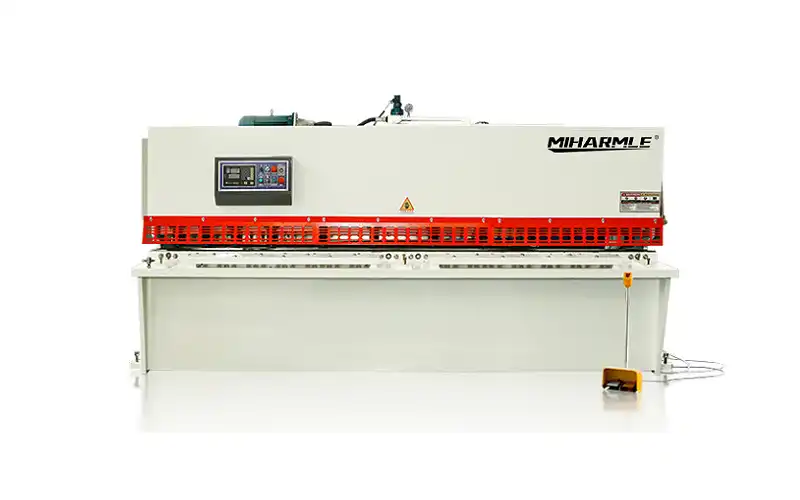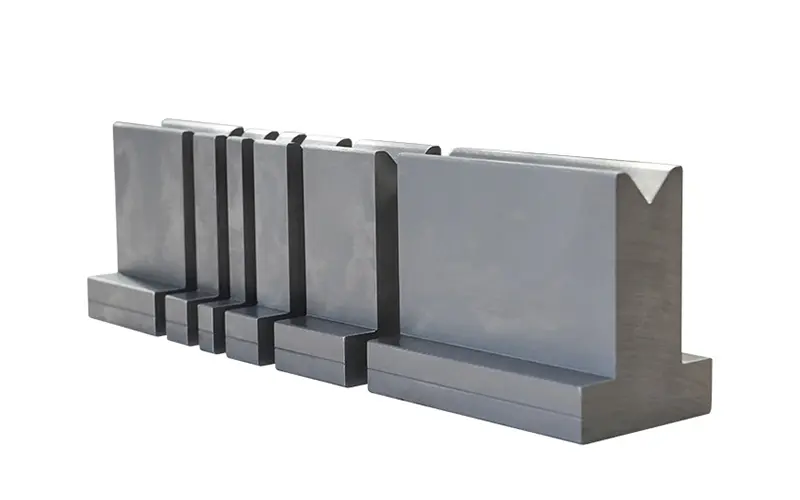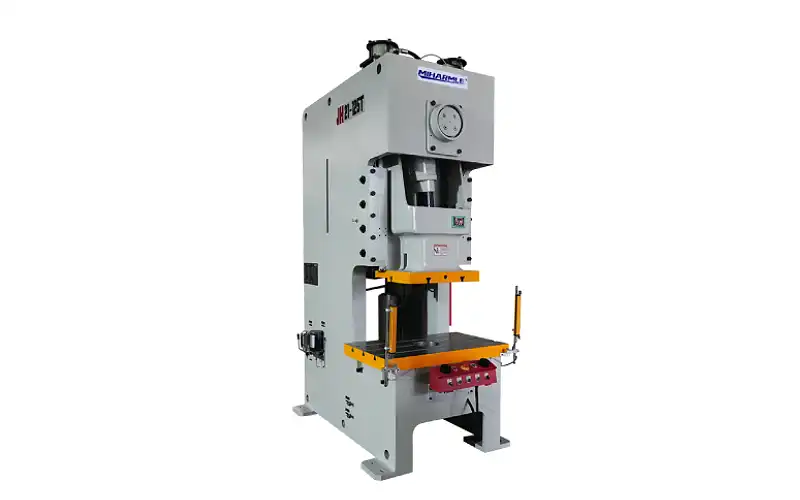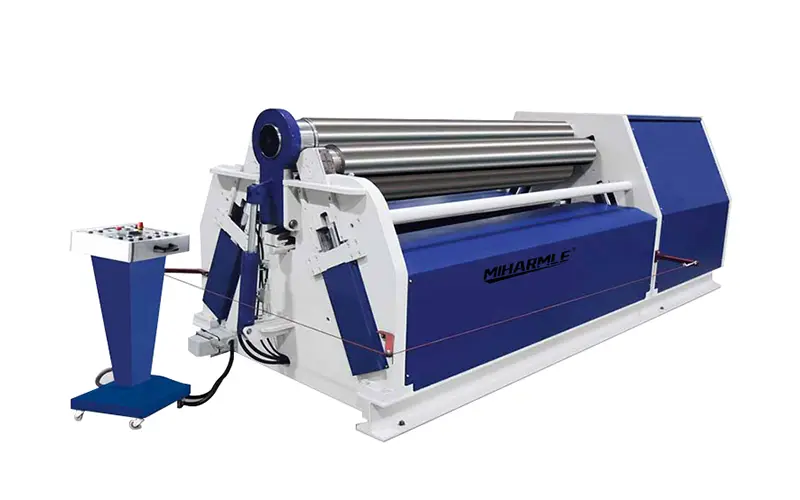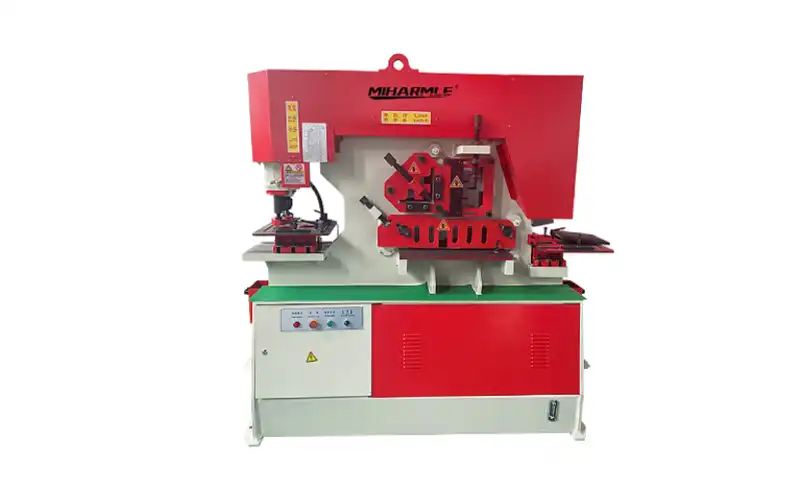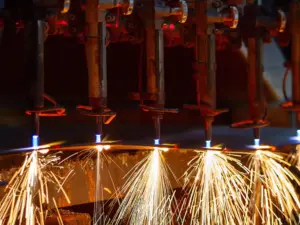
CNC Machining is a manufacturing process, and CNC Machine is the mechanical device that performs the process. The two cooperate and jointly promote the development of modern manufacturing.
You will likely see a CNC machine working around different manufacturing facilities. The CNC processing machine integration speeds up production while lowering overall costs.
Computer programs and software allow for semi- to full-time workplace automation. Computer programs limit human error while increasing productivity and efficiency. This ideal condition compels many industries to leave the manual order of business and shift to CNC machining.
Below, we discuss how CNC machine works, what CNC is, and their different machine types.
What is CNC?
Computer numeric control, or CNC, is a technology around computer programs and software. CNC is the foundation of automated machining today through preprogrammed computer language.
Embedding these programs into machines makes manufacturing precise, high-speed, and efficient. They are based on standardized languages in G-codes and M-codes. G-codes control the machine’s movements, speed, and direction. M-codes automate miscellaneous machine tasks like starting and stopping certain programs or actions.
While modern CNC appears to be a very recent tech due to complex programming, CNC traces back to the 1940s. They evolved from the first numerical control machines of 1949. It was first used in an experimental milling machine developed by John T. Parsons, a computing pioneer.
Parson used an IBM 602A Calculating Punch to solve for airflow coordinates to develop helicopter blades. Successive innovation has now led to the CNC machining we know today. An automated method used in every field and various applications. And there are seemingly endless possibilities for design and production.
What is CNC Machining?
CNC machining is computer-controlled manufacturing. It is a pinnacle of technological advancement and search for automated manufacturing.
By integrating CNC or computer commands, a machine becomes numerically controlled. The Computer-aided Design (CAD) software creates 2D and 3D models from the computer. The Computer-aided Manufacturing (CAM) software controls the machine to manufacture these models.
CNC machining fuses elements of design, mathematics, technical drawing, and computer programs. Common CNC machines include lathes, drills, 3D printers, and mills.
Here’s what makes CNC machining possible:
- Programming. G-codes and M-codes specify machining instructions and actions. The computer language configures the whole action of the machine for precise design and cutting.
- Computer. A computer unit becomes the brain of the machine. It reads and interprets the codes. Highly advanced computers allow for full automation of the machine.
- Machine Control. After interpreting the codes, the built-in computer sends signals to the mechanical components. The motors and actuators are commanded when to start and stop.
- Precision Movement. The speed, rate, and movement of parts are accurately controlled. The machine automates with precision where and how to cut to achieve the desired workpiece.
Different Types of CNC Machines
The practicality and efficiency of CNC machines also led to the development of more specific machine types. Today, various CNC machine types cater to different industry needs and applications.
Now that you know what a CNC system is, let’s look at the different types of CNC machines and how they function.
1. CNC Router Machine
A CNC router’s functions include drilling, milling, and cutting. They are commonly used on softer materials like wood, aluminum, and composites. While CNC routers are similar to milling machines, they produce less precise finishes.
These machines are ideal for carving and engraving on flat workpieces. They can be used in fabricating signages, musical instruments, and decorations. Router machines feature different router bits as their main cutting tool. A spindle spins these cutting tools at high speeds to create specific designs and cuts.
However, you have to deal with some noise levels when using them. Nonetheless, they are very ideal for woodworking and metalworking.
2. CNC Lathe Machine
This is ideal for manufacturing components that need features like bores, threads, and drilled holes. Lathe machines feature a rotating bar and a fixed cutting tool. The workpiece is rotated via a spindle along the steady cutter to achieve a specific cut.
Often, lathes manufacture screws, bolts, and shafts. They use various cutting tools for applications like threading, finishing, and grooving. CNC lathes are also great for woodworking applications.
3. CNC Milling Machine
A milling machine is like a lathe. But instead of using a rotating bar and a steady cutter, it has a steady bar and moving cutters. And instead of a single cutter, it has multi-point cutters.
Milling CNC machining works best in creating features on flat and irregular materials. Like lathes, it is also ideal for threading, drilling, and creating slots and grooves. But since it has many moving cutters, it can also turn a single block of material into a 3D form.
4. CNC Turning Machine
CNC turning centers are an upgraded version of CNC and traditional lathes. Hence, they have design and operation-wise similarities.
But since turning centers are an upgrade, they integrate better capabilities. They include automatic tool change and more efficient chip removal, to name a few. Contrary to a lathe’s flatbed design, turning centers have a slant bed for better chip flow. They also feature a full machine enclosure for enhanced protection.
CNC turning machines also boast higher RPM capacity, live tooling, and automatic feeding of materials. Compared to lathes, they can feature 3 to 5 axes for faster cutting. All these conditions make these machines more well-rounded than CNC lathes. The only downside is that they also cost more.
5. CNC Laser Cutting Machines
CNC laser cutters work similarly to plasma cutters. The only difference is that while plasma cutters use high-velocity gas flow, laser cutters use intense rays of light. Such laser beam rapidly melts and vaporizes parts of the material to cut through.
This machine utilizes air or jets to solidify the immediate surface from the heated section. This cools down the material to avoid further melting and achieve precise cuts. CNC laser machines are a great complement to sheet metal processing machines.
6. CNC Press Brake
The traditional form of press brakes includes the hydraulic and manual types. However, CNC press brakes are more efficient due to the integration of a computer. These machines are specific for bending metal sheets to various profiles and shapes.
CNC press brakes are a main sheet metal machinery that uses tonnage for bending metals. You can have them either as a down-forming or up-forming type. Down-forming consists of a fixed bed and a moving top beam for pressing. These two parts are installed with interchangeable dies depending on the application. Conversely, up-forming features a steady top part and a moving bottom part.
7. CNC Shearing Machine
Like CNC press brakes, this machine is also more specific for sheet metals. Shearing machines are also called guillotine shear, and their main purpose is cutting. They consist of a knife holder and a lower knife that cuts sheet metals.
The way it works is similar to how a scissor cuts. First, using clamps and magnetic suction, the materials are loaded on the workbench. The knife holder and lower knife close their distance to cut through the materials. By integrating CNC, the machine cuts with high precision and higher efficiency.
CNC Machining vs Traditional Machining
CNC machining has become the new trend, but traditional manufacturing remains relevant in its own right. Below, we compare the two forms of machining and see their respective suitability.
- Process. CNC requires less supervision as the computerized machine does almost all the work. Traditional manufacturing requires expertise to operate a machine and refine the final product. CNC’s process is way more efficient than the traditional.
- Versatility. CNC machines can handle simple to intricate profiles and designs. Traditional machining is limited to the expertise and craftsmanship of the operator.
- Precision. While some artisan machinists can be precise, CNC machines are unparalleled. The smart computer control leaves less to zero chance of error and defects.
- Cost. CNC machines’ upfront costs are more expensive than those of traditional machines. But, its efficiency and fast processing compensate for such a higher purchase value. While traditional machining may have lower upfront costs, it still requires higher labor costs. CNC machines remain the better investment for high-volume manufacturing.
- Suitability. CNC machines are ideal for high-volume manufacturing that requires precision and efficiency. Traditional machining is best suited for small batches and a production that requires more artisan touch.
Conclusion
The advent of CNC processing encompasses almost every field. This is because CNC machining offers a more practical approach to industrial manufacturing.
What a CNC machine goes beyond the machine’s description, but the revolution to how industries operate.
But in transitioning to CNC machining, you must understand what you need. Weigh what machine types you need and the applications you’ll be using them. While CNC machines are efficient, they must also be suitable to your manufacturing nature and needs.
